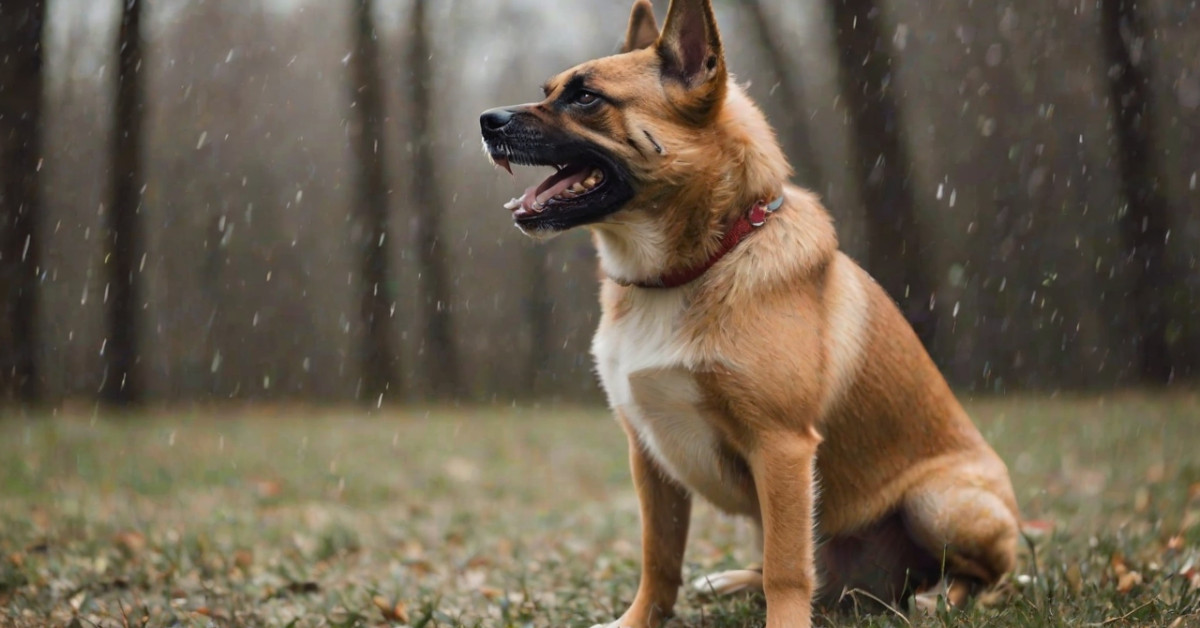Shih Tzu Dogs and Aggressive Barking: A Comprehensive Guide
You know, I’ve always had a soft spot for Shih Tzus. Those fluffy little bundles of joy just melt my heart. But there was this one time when my friend Jim’s Shih Tzu, Max, just wouldn’t stop barking. Max had this sweet demeanor, but when it came to barking, oh boy, he turned into a little furball of fury. That got me thinking—how do you teach a dog, especially a Shih Tzu, to bark aggressively on command?
Understanding Shih Tzu Temperament
Shih Tzus, man, they’re just adorable! With their friendly and outgoing nature, these dogs are perfect companions. They’ve got this regal appearance, which isn’t surprising given their history as royal lapdogs in ancient China. But sometimes, their friendly nature can be a double-edged sword. Teaching a Shih Tzu to bark aggressively requires an understanding of their temperament. They’re generally known for being affectionate, playful, and lively. But they can also be stubborn, which can make training a bit challenging.
Establishing Basic Commands
Now, talking about training, it’s always good to start with the basics. Teaching your Shih Tzu basic commands like sit, stay, and come is essential. Once they’ve mastered these, you can move on to more specific commands. When I was training my dog, Bella, it took a lot of patience and a TON of treats. She’s a smart cookie, but like all Shih Tzus, she had her moments of stubbornness.
Introducing the Bark Command
So, here’s where it gets interesting. Teaching your Shih Tzu to bark on command involves consistency and positive reinforcement. I remember when I first introduced the bark command to Bella. I used a trigger, like knocking on the door or a specific word, to get her to bark. Once she did, I immediately rewarded her with her favorite treat and lots of praise. Positive reinforcement is key here.
Reinforcing the Behavior
Repeat, repeat, repeat. That’s the name of the game. Consistency is crucial when training your dog. Each time Bella barked on command, she’d get a treat. After a while, she started associating the command with the reward. But it’s not just about treats. I also used a clicker to mark the exact moment she barked. This helped her understand what behavior I was rewarding.
Introducing Aggression
Now, here’s the tricky part—teaching aggressive barking. I wouldn’t recommend this for every dog owner. It’s essential to understand the potential risks involved. Aggression in dogs can be unpredictable, and if not managed correctly, it can lead to unwanted behavior. When I was helping Jim with Max, we used a different approach. Instead of encouraging outright aggression, we focused on making his bark sound more intimidating. By using a deeper tone and more assertive language, we were able to modify Max’s bark.
Socialization and Its Importance
Socialization plays a huge role in training any dog. A well-socialized Shih Tzu is less likely to develop unwanted behaviors. Exposing your pup to different environments, people, and other animals helps them become more adaptable and less anxious. I took Bella to various dog parks and even arranged playdates with my friends’ dogs. This not only helped her with her social skills but also made her more confident.
Mental Stimulation
Shih Tzus are intelligent dogs, and they need mental stimulation to stay happy and balanced. Interactive toys, puzzle feeders, and regular playtime can keep them engaged and prevent boredom-induced behaviors. When Bella gets bored, she tends to get a bit mischievous—chewing on shoes or digging in the garden. Keeping her mentally stimulated has significantly reduced these behaviors.
Dealing with Challenges
Training a dog is never a smooth ride. There were times when Bella would just refuse to cooperate. On those days, I had to remind myself to stay patient and calm. Dogs can sense our emotions, and if we’re stressed, they may become anxious too. If you’re having a tough day, it’s okay to take a break and try again later.
Seeking Professional Help
If you’re struggling with training your Shih Tzu, don’t hesitate to seek professional help. Dog trainers have the experience and knowledge to handle various behavioral issues. When Jim and I couldn’t get Max to tone down his barking, we consulted a professional trainer. It made a world of difference. The trainer provided us with valuable insights and techniques that we hadn’t considered.
Conclusion
Overall, teaching a Shih Tzu—or any dog, for that matter—to bark aggressively requires patience, consistency, and a deep understanding of your dog’s temperament. Remember, it’s crucial to approach this with caution and always prioritize your dog’s well-being. Thanks for sticking around and reading my thoughts on this topic! Happy training, and hey, always cherish those fluffy moments with your pup. 🐶
Random Fact Corner
Did you know? Shih Tzus were bred to resemble lions, which is why their name literally translates to “lion dog” in Mandarin. 🦁
In closing, always remember that training is a journey, not a destination. Enjoy the process and the bond it creates between you and your furry friend. Thanks for reading, and happy tails! 🐾










